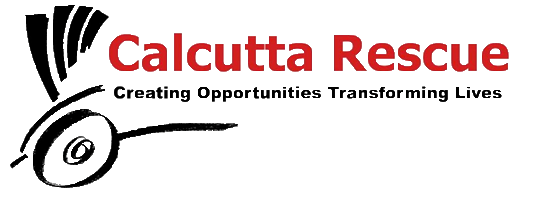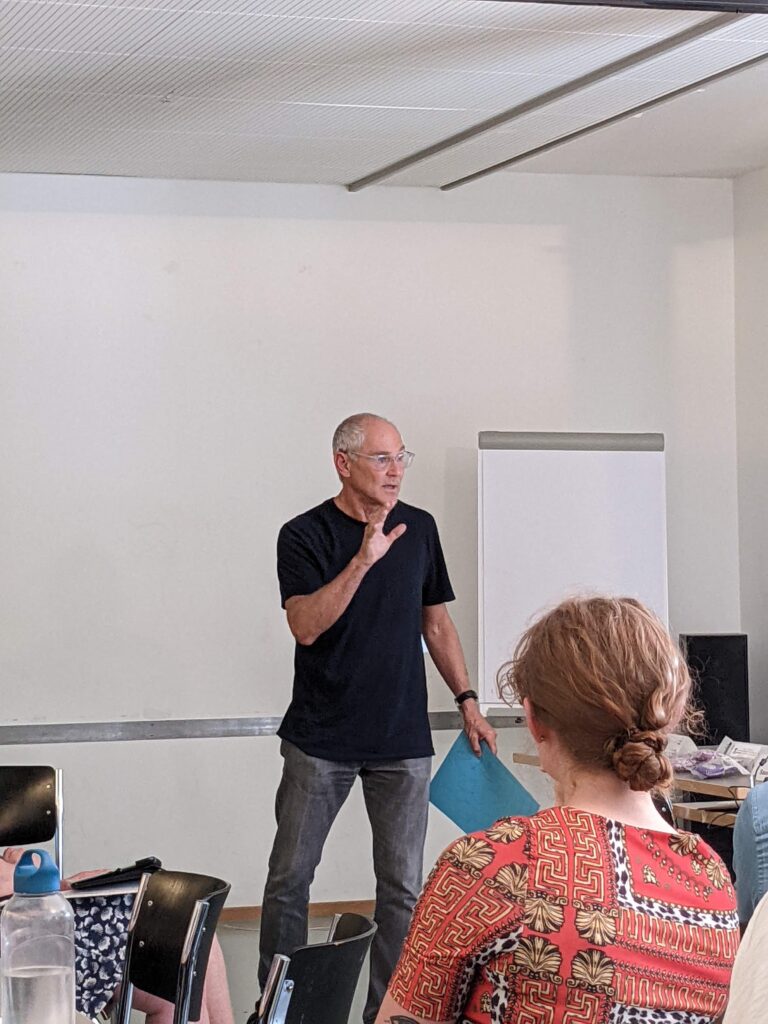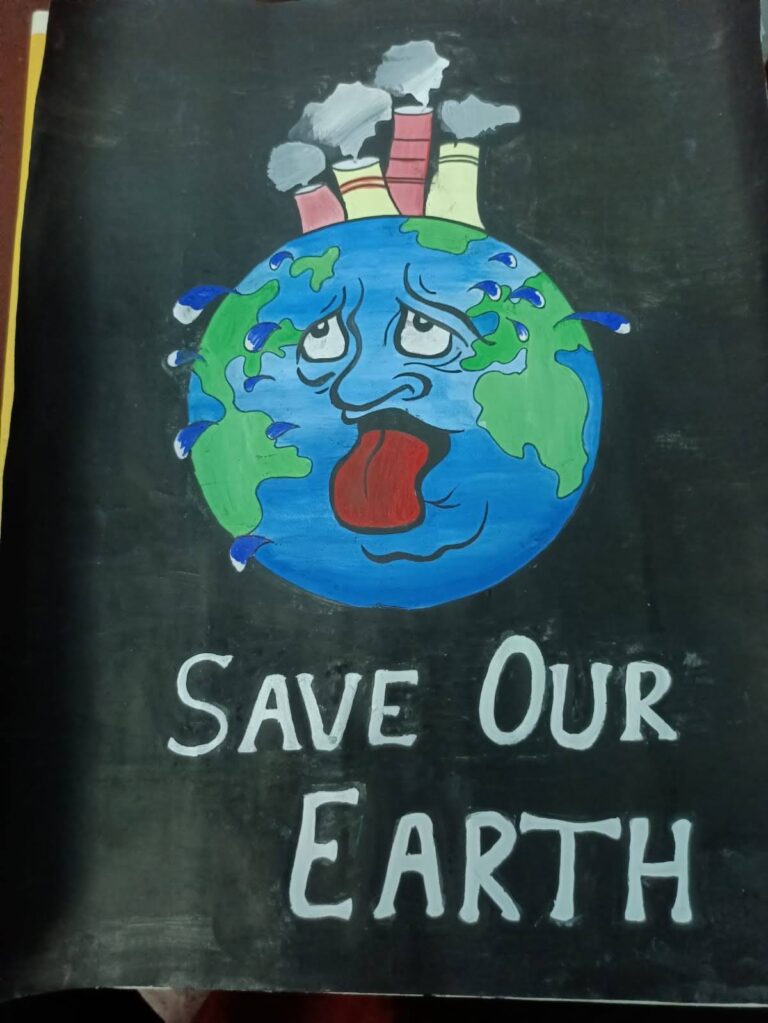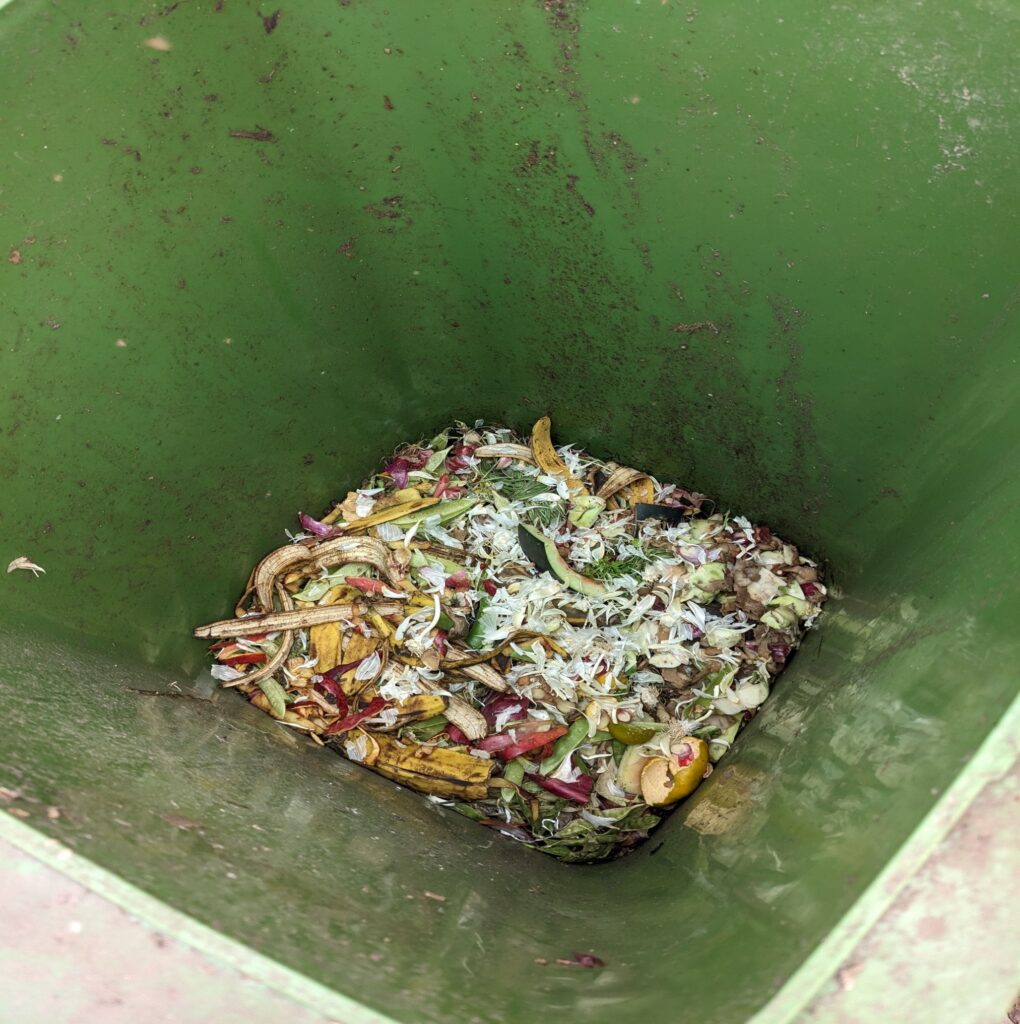
- Call us Today : +123 456 7890
- Email : [email protected]
By Sean Duggan
If, like me, you are profoundly depressed by the inability of us humans to alter our environmentally destructive ways, then there is hope to be drawn from what has happened at CR in just the past nine months.
In May last year UK volunteer Dr Alan Schamroth chaired a session at our International Meeting in Zurich on sustainability and climate change – the first time the subject has ever been on the agenda. A passionate environmentalist, Alan explained how so much of CR’s work already aligns with the UN’s sustainability goals. In many respects we are already on the side of the angels, working to eradicate poverty, spread education and reduce the burden of disease among the poor.

But Alan challenged us to go further and look at all aspects of CR’s operations to see how we can green them.
Kolkata is on the front line of climate change – and is one of the 10 cities around the world most at risk from rising sea levels.
Helping the poorest people adapt to increased flooding and temperatures, more frequent cyclones and new diseases is going to become a big part of CR’s work in the years to come.
It is already caring for climate refugees from the Sundarbans mangrove forest where the sea is washing away islands in the delta and making land too salty to farm.
When I first raised the issue of climate change at CR 15 years ago it got no traction. There was a sense that there was no available capacity, and little interest, to get directly involved.
But within weeks of last year’s International Meeting, a plan to hold the next one in Kolkata was scrapped as it would have led to lots of people from Europe flying to India for just a few days. Instead we decided to hold it in the UK with far fewer key people coming over from India, and others taking part online.
Ananya, who heads our education project, was in Zurich and took the message home with her – introducing a series of environmentally friendly changes at the NGO’s two education centres including ensuring cooking pots are covered when heating, always printing double sided, switching off computers and appliances when not in use, reusing envelopes, and much more, all based around the four R’s – Reduce, Reuse, Refuse and Repair. Students have been engaged in the campaign and made posters and taken part in environmental quizzes.

Within months of the IM an environmental group had formed at CR to look at issues across the charity and it has done a simple audit of changes made and desired at the projects. CR’s medics are investigating what the impact of climate change will be on the pattern of disease here – so they can be ready to support our beneficiaries.
The NGO has been working with another charity to explore the possibility of building a more fuel-efficient stove for the slums, and ran a small trial which showed promising results. There are major hurdles to scaling this up, but CR hasn’t given up on the possibility of doing that.
An array of solar panels is going to be put on the roof at CR’s new education centre to power its lights and computers and hopefully sell power back to the grid.
It has opened a pioneering worm-composting plant, the first in an urban area in this part of India, to recycle organic waste and create employment. I was up in Dakshineswar slum last week and was amazed to see green and blue waste bins dotted around. Lifting the lid on a green one I found it contained lots of organic waste – that will go to feed the worms.

CR is also looking at what it can do to support people in the face of increasing extremes of weather and temperature.
Slum dwellers’ homes are very vulnerable to flood and cyclone damage so, for the first time, CR is actually replacing makeshift huts with solid homes that should withstand the worst storms.
Children at CR schools are learning about the importance of protecting the environment, and how they can help in that.
The example of Hans Verdonschot, who came all the way from Holland overland in January, has really helped inspire the students.
He spent time in the education centres sharing his passion for the environment with them.
And Alan, who kicked all this off, was invited to give a talk at a major medical conference in Switzerland a few months ago organised by Medicus Mundi, about CR’s initial experiences trying to go green.
There is even now talk of trying to buy electric vehicles for CR’s fleet of ambulances and jeeps – and there are a lot more electric vehicles on the roads in India over here in the past few years.
Let’s not get carried away, CR has really only just begun its journey to sustainability.
And the tensions between trying to ensure donor money has maximum impact on reducing poverty now, and doing this in the most sustainable way, are very significant.
But the shift in ethos in the NGO in such a short period, and what has already been done, is cause for hope, if not celebration.
If a cash-strapped organisation like CR, with so many existing challenges, can move so far so fast from a standing start, then so can everyone.

